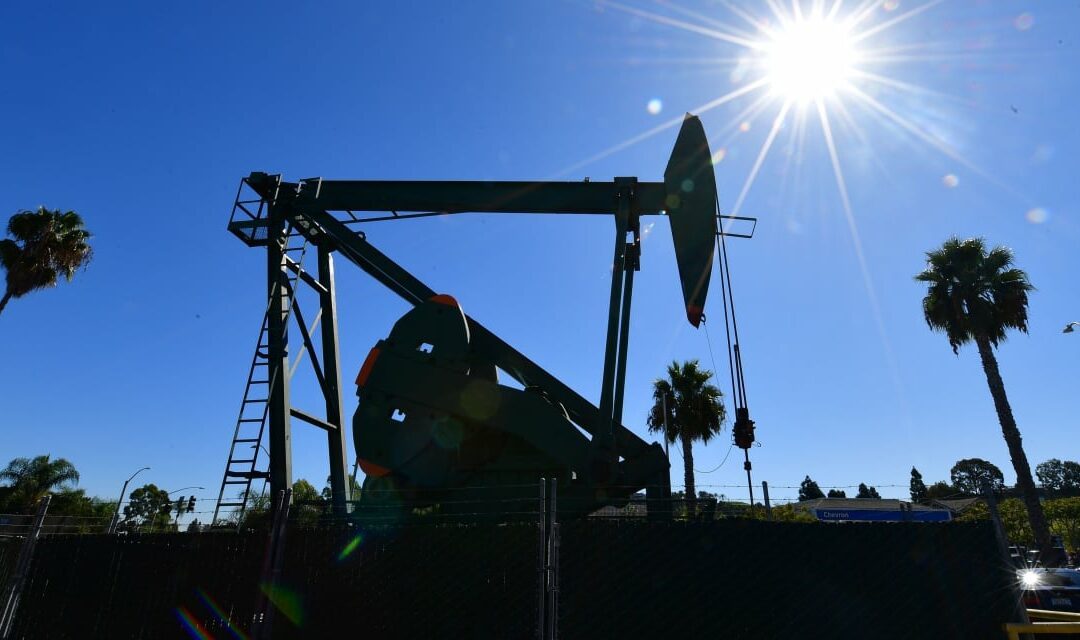Oil futures rose early Thursday, with Brent crude edging back up toward the $80-a-barrel threshold after Israel rejected a Hamas offer for a cease-fire and return of hostages held in the Gaza Strip.
Price moves
-
West Texas Intermediate crude for March delivery
CL00,
+0.83% CL.1,
+0.83% CLH24,
+0.83%
rose 59 cents, or 0.8%, to $74.44 a barrel on the New York Mercantile Exchange. -
April Brent crude
BRN00,
+0.88% BRNJ24,
+0.88% ,
the global benchmark, was up 71 cents, or 0.9%, at $79.92 a barrel on ICE Futures Europe. Brent last traded above $80 on Feb. 1.
Market drivers
Oil futures have seen temporary pops higher on developments in the Middle East since the start of the Israel-Hamas war in October, but have failed to build a lasting risk premium. Both Brent and WTI trade well below 2023 highs set in late September.
Crude has found support this week after the U.S. led airstrikes on Iran-backed militias in Iraq and Syria after a drone attack last month killed three U.S. troops in Jordan. A U.S. -led coalition also renewed strikes on Iran-backed Houthi rebels in Yemen who have targeted Red Sea shipping and have forced the rerouting of cargo ships and some oil tankers.
Israeli Prime Minister Benjamin Netanyahu on Wednesday rejected Hamas’s terms for a cease-fire, which called for the release of thousands of prisoners.
The development added to concerns around the Middle East, helping crude maintain its recent upward trend, said Ricardo Evangelista, senior traders at ActivTrades, in emailed comments.
“While Gaza remains the focal point of the crisis, its repercussions extend throughout the region, raising the specter of a broader conflict with potential intervention from other parties. Such a scenario could disrupt the Suez shipping route and impact oil production in Gulf nations like Iran,” he said.









